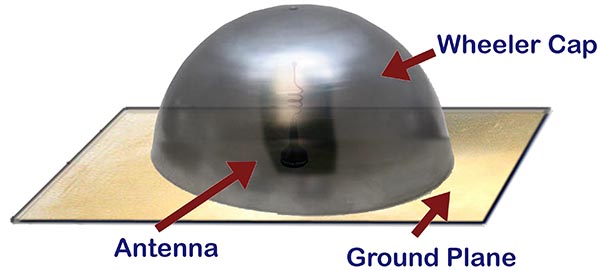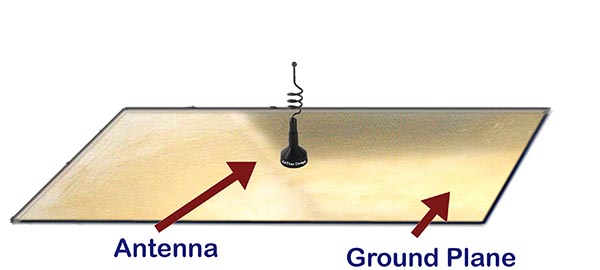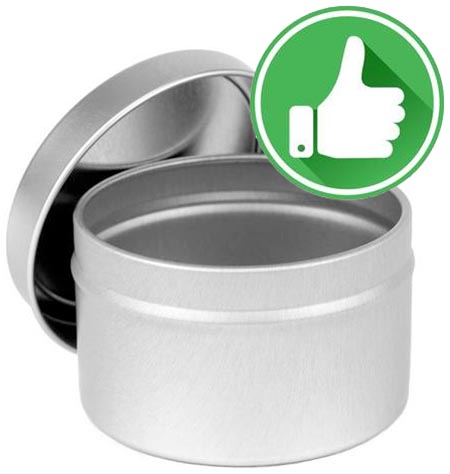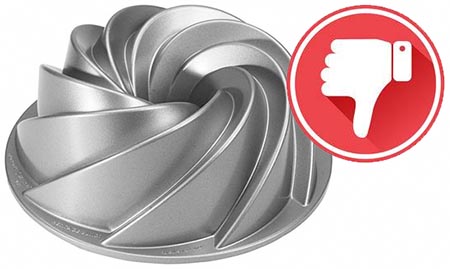Antenna radiation efficiency
AnTune is able to measure antenna radiation efficiency at lab bench with just as good result as many other methods.
It is an unique properity of AnTune, not found anywhere else.
As it is an unique method do it need some instructions and understanding if you want to perform such measurements with good result.
If you only need to find out how to open this feature in AnTune, click here to jump to last section at this page.
Measuring antenna efficiency do normally require a dedicated antenna measurement range or anechoic chamber or multi mode reverberation chamber. Such measurements takes time, typical 5 minutes to 1 hour.
In best case will an automatic system deliver antenna-efficiency for a few frequencies, or is it a lot of Excel data to calculate.
An antenna measurement range can be expensive and require a lot of space.
It is in any case a slow method to be waiting until antenna almost is in final design to find out that it beahaves more like a 50 Ohm resistor then an effective antenna. It is not time effective antenna design to find out such problems in finale stages of a project.
It is during antenna design and antenna tuning which it can be of very high value to constantly monitoring how antenna perform from efficiency perspective, but that have so far not been possible, measuring antenna efficiency "live" at lab bench, with no calculations needed or any delays. AnTune will update curve several times per second.
AnTune have removed previous limitations by implementing an unique measurement method described on this page. It makes it possible to measure antenna efficiency over wide frequency range at lab-bench.
It is an unique properity of AnTune, not found anywhere else.
As it is an unique method do it need some instructions and understanding if you want to perform such measurements with good result.
If you only need to find out how to open this feature in AnTune, click here to jump to last section at this page.
Measuring antenna efficiency do normally require a dedicated antenna measurement range or anechoic chamber or multi mode reverberation chamber. Such measurements takes time, typical 5 minutes to 1 hour.
In best case will an automatic system deliver antenna-efficiency for a few frequencies, or is it a lot of Excel data to calculate.
An antenna measurement range can be expensive and require a lot of space.
It is in any case a slow method to be waiting until antenna almost is in final design to find out that it beahaves more like a 50 Ohm resistor then an effective antenna. It is not time effective antenna design to find out such problems in finale stages of a project.
It is during antenna design and antenna tuning which it can be of very high value to constantly monitoring how antenna perform from efficiency perspective, but that have so far not been possible, measuring antenna efficiency "live" at lab bench, with no calculations needed or any delays. AnTune will update curve several times per second.
AnTune have removed previous limitations by implementing an unique measurement method described on this page. It makes it possible to measure antenna efficiency over wide frequency range at lab-bench.

 A simple and fast method to measure antenna efficiency was developed by H. A. Wheeler. It was presented 1959 in his paper "The Radiansphere around a Small Antenna".
A simple and fast method to measure antenna efficiency was developed by H. A. Wheeler. It was presented 1959 in his paper "The Radiansphere around a Small Antenna".



